Why Your Bike Might Have Less Travel Than Claimed
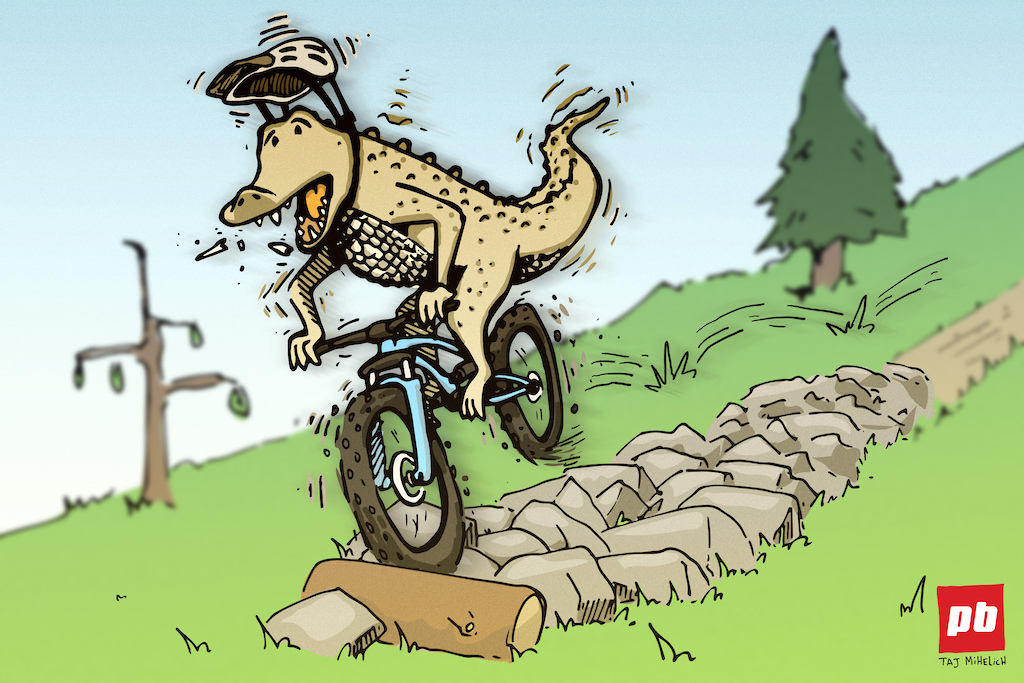
I'll admit, this cartoon is way over the top. But it's worth knowing that suspension travel figures are far from exact.
Recently I made the case that more is more when it comes to suspension travel. But it may surprise you to learn that many bikes don't actually offer the travel they claim. Some have more travel than advertised, but more often they have less. Sometimes quite a lot less.
I must give credit to Alan Muldoon of MBR magazine for drawing my attention to this. Never content to take any bike brand at their word, he's been measuring the travel of test bikes for years. Because some of the bikes he measured were way off-spec, he convinced me to start doing the same in 2018. Two of the first bikes I measured were the 2019 Specialized Enduro and Scott Ransom. The Enduro had a claimed 160 mm of travel, but my test bike with its Fox DPX2 shock was delivering just 148 mm; meanwhile, the Ransom claimed 170 mm but delivered 173 mm. So, instead of a 10 mm travel difference, the bikes had a 25 mm gulf between them. I'd already noticed the Ransom far outperformed the Enduro in the rough, but was more imbalanced unsupportive in the corners. Measuring the travel provided a credible reason why.
Measuring travel
I'll admit that measuring travel isn't precise. I estimate my method has an error of +/- 3 mm, but that's good enough to spot when a bike deviates significantly from the claimed travel. I put the bike upside-down on smooth, level ground, adjusting the dropper post until the axles are level, then measure from the floor to the centre of the axle. Next, I deflate the shock and thread a ratchet strap from the bottom of the rim to the seat tube. Ratcheting it tight while allowing the remaining air to escape the shock, I can be sure it's fully bottomed out. Then I measure the distance to the floor again and take the difference.
Of course, you could use linkage software to calculate the travel, but this assumes you know the real-world stroke and eye-to-eye length of the shock and a lot of the variation in travel comes down to this.
Why travel can change
Marketing
Customers often shop for bikes by travel, so brands might occasionally stick a badge on a bike that fits it neatly into a particular travel segment based on intended use, rather than its actual travel. One brand told me off the record that they once had a bike that measured up at 158 mm travel but they sold it as a 150 mm bike because that's what customers wanted. More common is just to round up to the nearest 10 mm.
Compromise
Frame designers have to balance many considerations when designing a suspension linkage: weight, cost, ease of manufacturing, reliability, progressiveness, standover clearance and (most importantly of all) how many water bottles can fit around the shock. Stipulating that the bike must deliver exactly X mm of suspension travel is an unnecessary extra constraint. If moving the shock mount a few millimetres will make it less likely to break, or better still, allow a water bottle to fit, then who cares if the travel figure changes a bit?
Shock stroke
Most bikes have a leverage ratio of between 2:1 and 3:1, meaning for every millimetre the shock moves, the axle moves 2-3 mm. So if a shock measures 1 mm short on stroke length, the travel will drop by as much as 3 mm.
Fox say their shocks are built to a tolerance of +/- 1 mm on stroke length, but in the real world, it's often difficult or impossible to access every last millimetre of that stroke. Modern air shocks are designed such that the negative air spring prevents it from topping out harshly when riding and helps improve the off-the-top sensitivity. But in some cases, this can make them unable to fully extend without being pulled by an external force. If you forcefully extend the rear axle or over-inflate the positive chamber, you can usually get these shocks to deliver their full travel, but whether or not you'll ever use those last few millimetres on the trail is another question. Similarly, some modern air shocks have substantial bottom-out bumpers which make it difficult or impossible to fully compress the shock.
Don't get me wrong, shocks that don't fully top-out or fully bottom-out are undoubtedly a good thing on the trail. But depending on how you measure it, the "usable stroke" can be as much as 2-3 mm less than the fully-extended stroke length in the most extreme cases, corresponding to 5-8 mm less travel.
Geometry adjustments
Some bikes have adjustable chainstay lengths or longer chainstays for larger sizes. Increasing the chainstay length usually increases the length of the effective swingarm, which means more travel. Roughly speaking, for every 10 mm increase in the swingarm length, suspension travel will increase by about 2-2.5%, so about 3-4 mm for a 150 mm bike. Not a huge amount, but for bikes where the chainstay length can vary by as much as 20 mm, it's worth considering. Note this isn't true for brands like Forbidden where the change in chainstay length is achieved by moving the bottom bracket relative to the main pivot, not by changing the swingarm length.
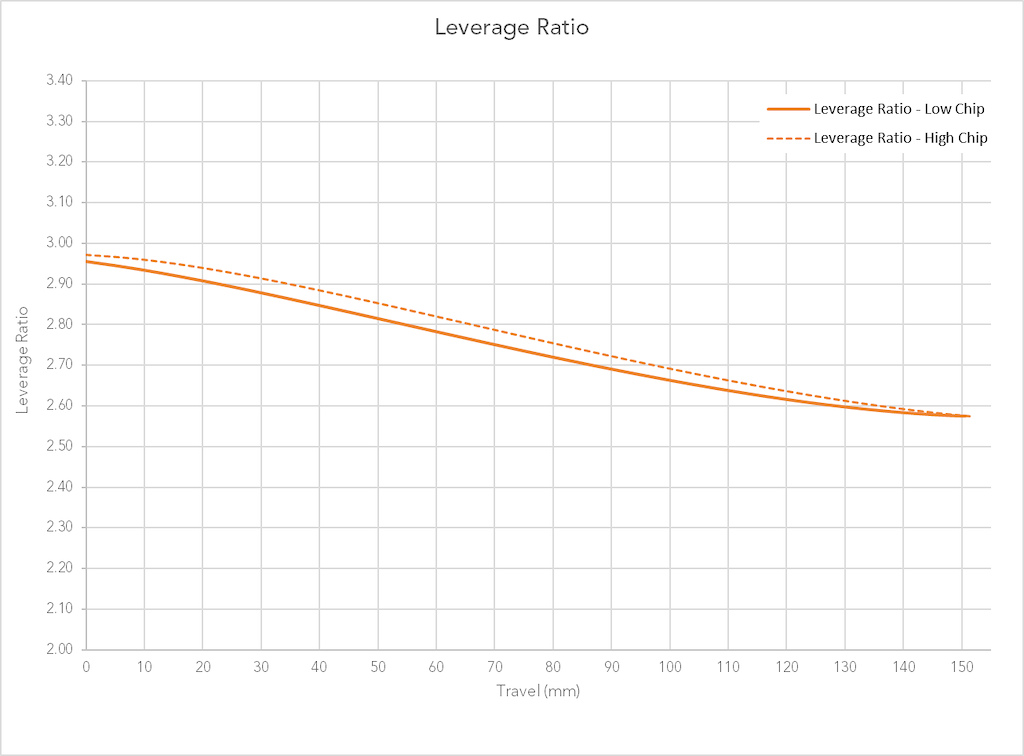
The leverage ratio for the 2019 (non-high-pivot) GT Force, courtesy of Dan Roberts. In the low setting, the leverage ratio is slightly lower meaning less travel, though not by much in this case.
Less obvious are flip chips at the shock eyelet, which are designed to raise or lower the bottom bracket height. Flipping these can change the average leverage ratio and therefore the amount of travel that's extracted from the shock. Ironically, the low/slack setting, generally considered better for descending, usually offers less travel. The difference is usually only a millimetre or two, but in some cases where the flip-chip is mounted on a short rocker link, it can be much more.
Axle path
Axle path diagrams are often shown with a compressed scale. This makes it look as if the forward or rearward component of the travel contributes significantly to the overall distance the axle moves along the perimeter of the arc, or diagonally from the start point to the endpoint, as opposed to the vertical component of the travel which is normally quoted.
But if the axle path is drawn to scale, like in the diagram opposite, it becomes clear that measuring travel vertically or diagonally doesn't make much difference. Even for a bike with an extremely rearward axle path (a Forbidden Dreadnought in this case) the difference is only about 3 mm. For bikes with conventional axle paths, the "diagonal travel" is usually around a millimetre more than the vertical travel.
But if the axle path is drawn to scale, like in the diagram opposite, it becomes clear that measuring travel vertically or diagonally doesn't make much difference. Even for a bike with an extremely rearward axle path (a Forbidden Dreadnought in this case) the difference is only about 3 mm. For bikes with conventional axle paths, the "diagonal travel" is usually around a millimetre more than the vertical travel.
Yes and no. Though important, suspension travel is far from the only thing that affects suspension performance. Ultimately, if a bike rides well it rides well, whether or not the travel matches what's written on the frame badge. Besides, I don't want you to think that most bikes are centimetres off the quoted travel figure. Most I've measured are within a few millimetres - close enough that any difference could just be a measurement error and certainly not enough to worry about.
But just as riders want to know exactly how much a bike weighs, they should know how much travel it's got. In those (rare) cases where a bike has notably less travel than claimed, it can help to explain why it rides the way it does. It's a bike review cliché to say a bike feels like it has more or less travel than it claims to. In some cases, that's because it does!
Author Info:
Must Read This Week
[UPDATED] Final Elite XC Results & Overall Standings from the Mairiporã XC World Cup 2024
42244 views
42244 views
Sign Up for the Pinkbike Newsletter - All the Biggest, Most Interesting Stories in your Inbox
PB Newsletter Signup

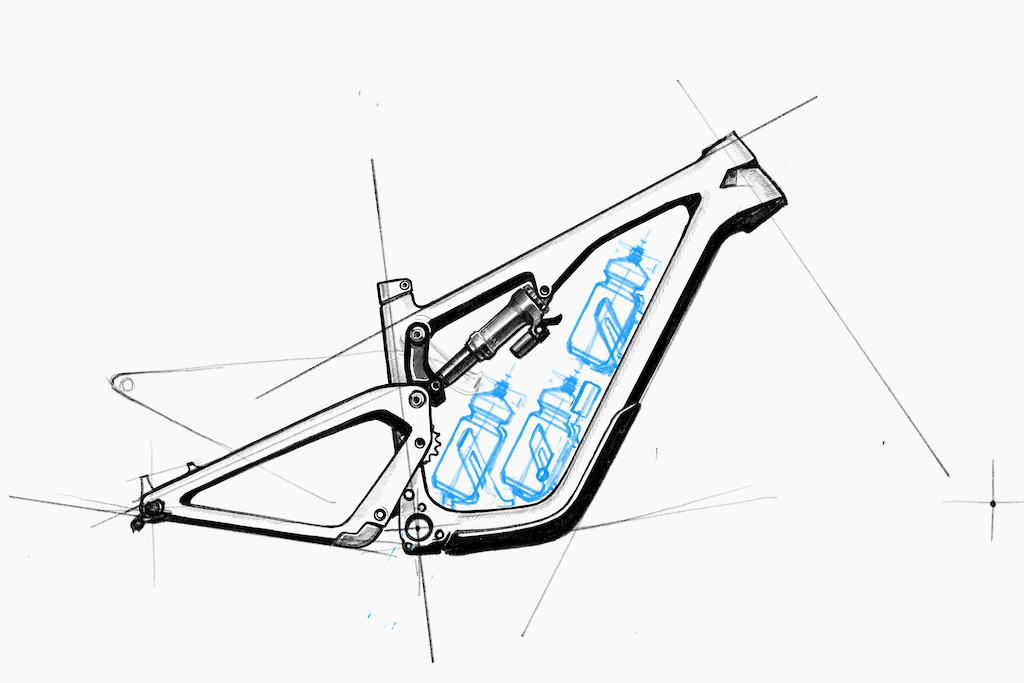
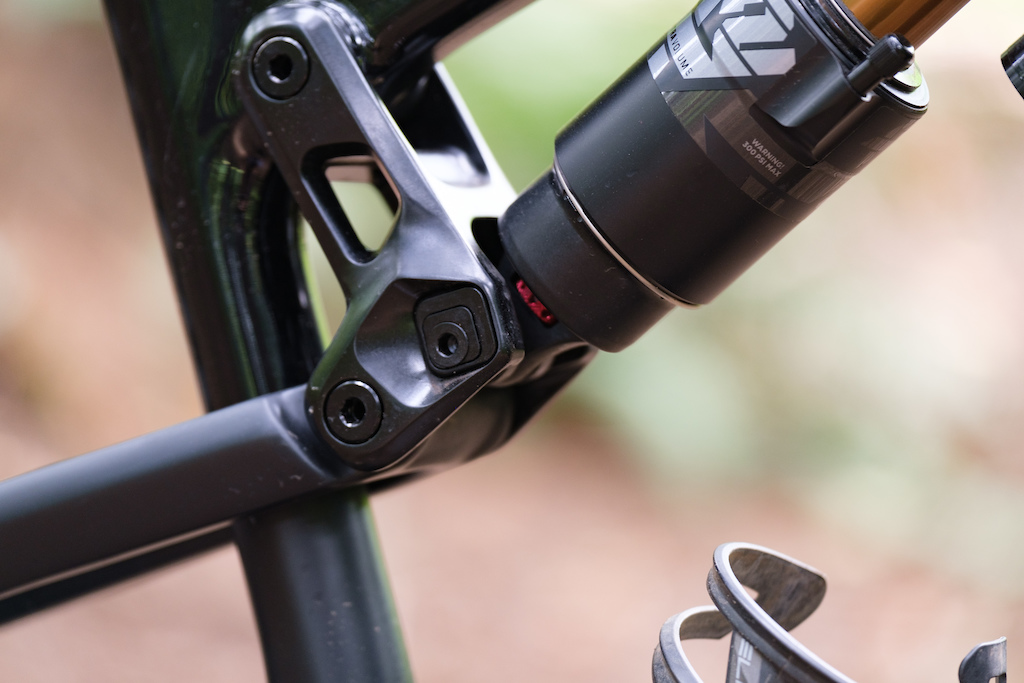
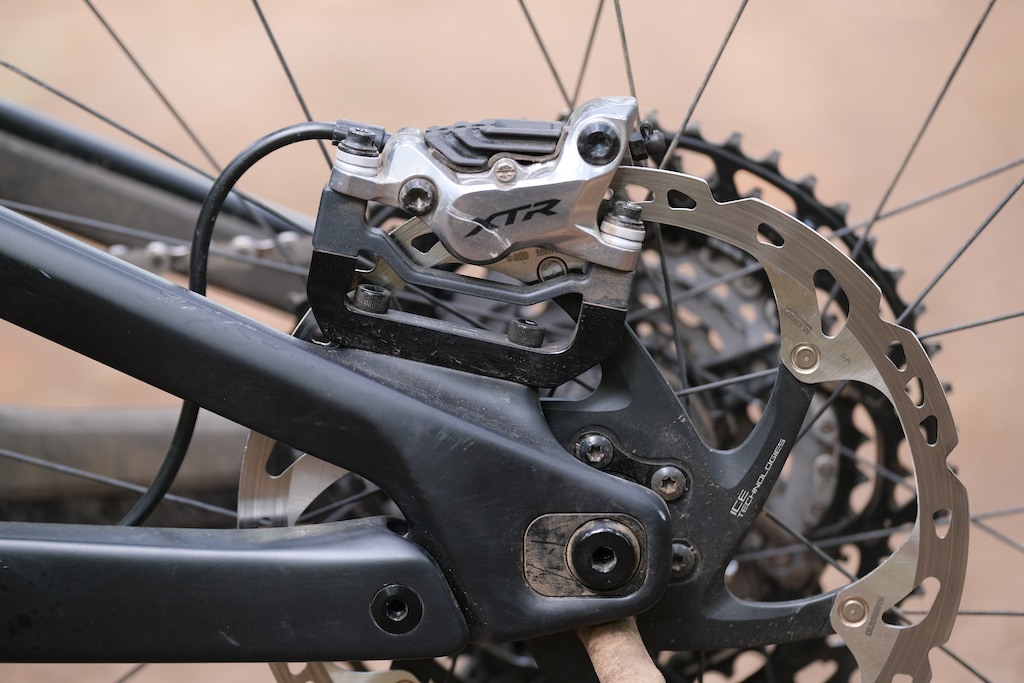



joke
/jōk/
noun
a thing that someone says to cause amusement or laughter, especially a story with a funny punchline.
"she was in a mood to tell jokes"
The spring rate of a bike frame has got to be high enough that 20 vs 30 pounds of force or whatever makes no practical difference.
For 12-speed, SLX shifter and Deore mech shifts an XO1 chain (way harder/longer wearing than a GX chain) across a GX cassette no worse than a GX mech, but it's way more stable (better b-pivot and stronger clutch) so it's better overall.
And I've had great luck slamming gears with the Eagle cassette and chain. I've tried a friend's full HyperGlide Plus setup and I didn't find it to be as great a difference vs Eagle as all the media likes to imply. If someday I need a chainring, cassette, and chain all at the same time, I might also grab a MicroSpline freehub and switch to full HG+, but I'm in no hurry to throw down almost $500 for pretty marginal shifting gains.
Also, I don't want batteries on my bike: keeping my lights ready for night rides (which is most weekday rides in the winter) is all the charging I'm willing to deal with.
* (I wore out a GX chain in like 400 miles. Granted, I am around 100 kilos and ride lots of punchy stuff, so the extra hardening treatments on the higher-end chains is so very worth it. Also had a pair of GX mechs get so sloppy at the b-pivot that they were ghost-shifting after maybe 600 miles, and that's just unacceptable)
I'm also wondering if some brands are worse offenders than others- does Specialized always lie (I assume so, for a variety of reasons) or are there outliers? Are brands that list very specific travel, like the Ibis Ripmo AF at 147mm, more accurate or not? I know it ultimately makes little difference knowing or not, as the bike will ride how it rides regardless of whether it has 150mm or 154mm, but I'd be interested either way.
I've also measured around twenty bikes now and the vast majority are close enough to be a non-issue. I just think it's interesting that travel numbers aren't exact and *occasionally* measure up a fair bit off.
www.mbr.co.uk/reviews/full-suspension-bikes/specialized-enduro-s-works-29-review#:~:text=with%20the%20suspension%2C%20as%20we%20measured%20its%20vertical%20wheel%20travel%20at%20176mm.
that being said, I own a 2022 Levo expert and love the bike, I don't think I'd benefit from an additional 10mm travel if their findings are true.
www.mbr.co.uk/reviews/electric-bikes/specialized-turbo-levo-pro-2021
" Why your ride might have less travel than claimed"
Because they have been told that this is 8"
l------------------------------------------------------------------------------------------------------------------------------------------------>l
Only one thing is certain in the bike industry, it is that sram brakes do not actually brake.
This is a great write-up, interesting to think about how "travel" is kind of poorly defined. Vertical or diagonal? Straight point-to-point, or arc length? Do we assume the bike isn't pitching forward or back when the fork or shock is compressed independently?
Hardtail fork travel can be similarly misleading. Head angle, reach, chainstay length, etc. can all affect how much "real" travel you experience at the pedals vs. the bars.
Not sure I follow you on the hard tail fork travel part though. I don't think anyone cares to define how much travel you feel at the pedals.
That "travel at the pedals" (not calling it "real") you refer to applies to all suspension bikes, not just hardtails.
I agree the travel at the pedals applies to all bikes - Hardtails might be kind of irrelevant to this discussion, I just find the various geometry effects interesting.
Maybe some manufacturers measure the axel path travelled vs. vertical travel.
they'll take different amounts of force to compress the same amount. it gets complicated
I could go grab a tape measure and see, but nah...
(Note I said "they didn't measure it at" and not "it didn't have")
How petty do you have to be to get rid of something you like because of intentional rounding up or just differing measurement techniques?
Did they check the intended stroke using the code on the shock and Fox's website?
What’s the deal with coil shocks? My 210x55 Hazzard has exactly 55mm shaft exposed, but 15mm of that is covered by the very beefy bump stop. It can never compress to zero, so I do wonder how much stroke it actually has!
I always assumed the advertised round number as a target across the size range. Smaller frame will have a little less, larger frame a little more.
Between manufacturing tolerances in both frames and especially shocks, pnuematic top-out & bottom out bumpers, and even differing leverage curves*, the numbers would be all over the place and fairly useless.
*(relatively higher ratio at the beginning would exaggerate not being topped out, while relatively higher at the end would exaggerate the bottom out bumper)
Similar (but less dramatic) things can happen with rear travel when comparing rearward vs forward axlepath in steep terrain.
Bottom line, if customers want to understand how the wheel travel of different products compares, the industry needs a standard method of measuring it.
My DPX2 is also one with a longer body (55mm max, travel reduced to 50mm), and I eventually put a zip-tie (~4 mm wide) on the very bottom of shock body to indicate the actual stroke end. Since then, neither the o-ring nor the zip-tie have been pushed off, because the zip-tie acts as a stopper against the o-ring twisting off the end.
At the end of the day, a bike rides the way a bike rides. Whether a bike advertised as a 140mm rear travel and is actually a 135mm or a 150 is 148 etc, doesn't change anything for the end-user. It is not like a badly sized tire that won't fit your wheels or a off-size bearing that will not fit your headset, or a cheap carbon frame with missaligned press-fit BB receivers that creak.
The exact travel in MM makes no difference in real life, just like the way each rear triangle responds is different, so there is no linear relationship with "real" mm of vertical travel or the actual rear axle travel or w/e, and the performance of different designs. So you knowing whether the new SJ has +/- a mm from advertized or it is less than the previous model and whatnot, is just irrelevant, just like if your car manufacturer advertised 2,499cc and your cad software claims they actually gave your 2,498cc is probably irrelevant.
If we quoted bike travel numbers in cm or dm then it may be acceptable to round it up, for example I have 15cm of travel (but really it's 152mm), but still it sounds weird and wrong. It's just a number folks, there is no room for interpretation.
Surely this whole issue is only relevant if you are:
a - bottoming out all the time (probably got the wrong class of bike and/or spring rate in the first place)
b - want to bottom out all the time (huck to flat support group required..)
For example, Yeti SB150 rides like a burly enduro bike with “only” 150mm of rear travel.
Would a 376 hp car marketed as 400hp pass muster?
So, if you asked Specialized, they would say the Enduro has 170mm of travel if the shock moves X mm (62.5?). Because of pneumatic top-out and bottom out bumpers, as Seb pointed out, you might not measure that 170 mm on your bike, but you also won't measure that full X mm on your shock's travel.
And to add on they marketed the G35 as having a 3.5L engine, but it actually has 3.498! Those bastards lied to me.
@ridingofthebikes In that hellcat example if the 650 it's at the wheels then of course it will be lower than claimed. Manufacturers don't use whp and for good reason.
To me whp isn't very informative as it depends so much on the drivetrain, gear ratios, final drive, wheel and tyre size, not to mention the specific dyno... Makes it completely irrelevant to evaluate the engine itself or compare between engines. Think of it this way: you build an engine, put it in a car and dyno it. Then you swap it to a completely different chassis. Has the engine's power changed? No. Yet whp is different. It's not like the whp number is any more "real world performance" than crank hp either. Real world performance is measured in seconds, not hp. But crank hp at least tells me the actual engine's capability regardless of chassis.
Capacities in production vehicles are almost always slightly below the rounded claimed numbers to make sure they will not jump to a higher insurance or tax group where local regulations base charges on engine size. And the rounding is for marketing, model names etc. 2.5l rolls off the tongue a bit better than 2.489l.
I sure am glad they don't force themselves to list different hp numbers for the same car/engine combo when they put different size wheels on it, let alone a different gearbox or 2wd/awd. What should they advertise for part-time awd?
Again, it's really simple: hp tells you the engine's performance. Times tell you the vehicle's performance. Buyers want to know both and manufacturers list both.
Whp doesn't say much because you still have no idea what the engine makes and you still have no idea how the car performs on the track/road.
Example: ~300hp EA888 in a Golf R and Leon Cupra R. Does it magically become a different engine when Haldex engages in the Golf? No. Does that decrease "whp"? Yes. Does that mean the Golf will have a slower 1/4mile time? Quite the contrary because traction. Will they have the same "whp" from a roll when Haldex won't engage? Yes. Will they perform the same? No because one is lighter. How useful was "whp" here? Not very. It's literally the same engine. Performance differences result from weight and traction, not drivetrain losses in this case.